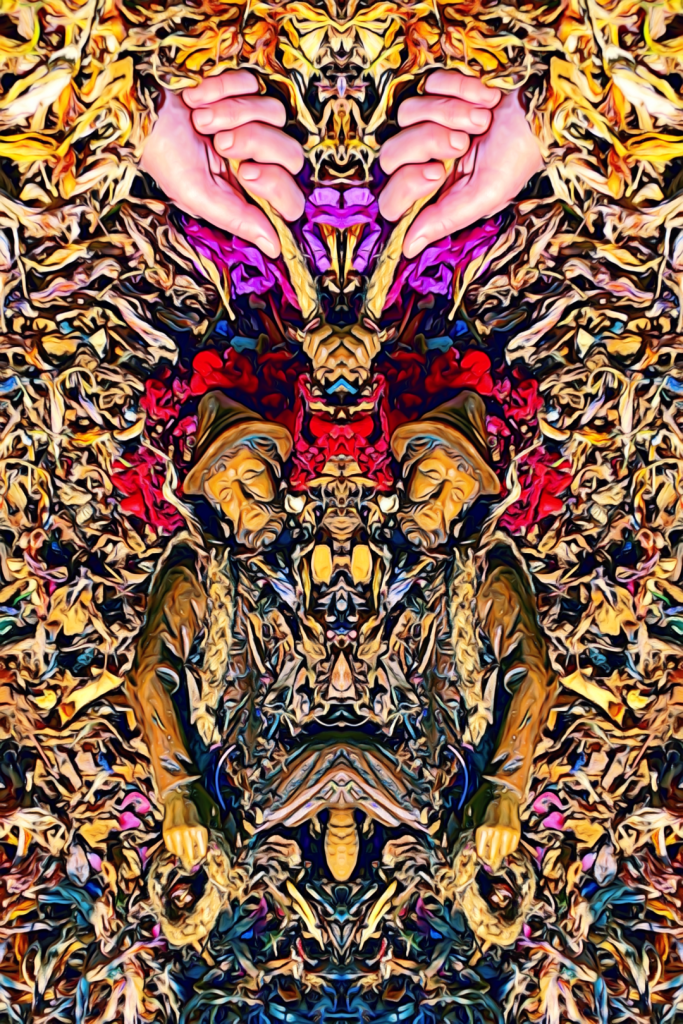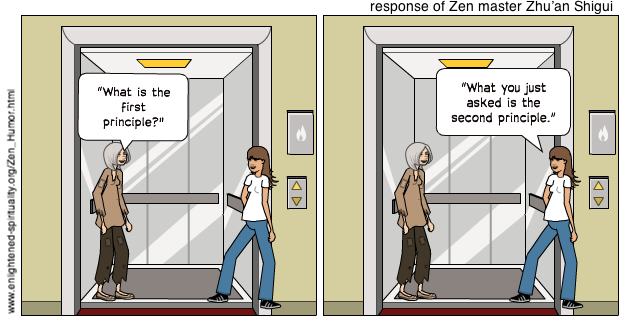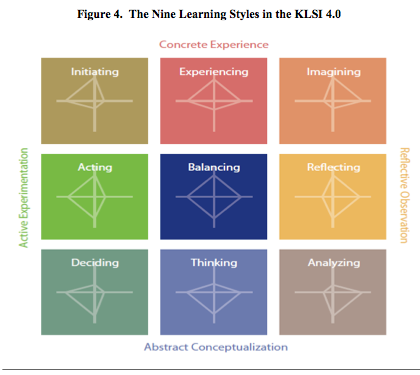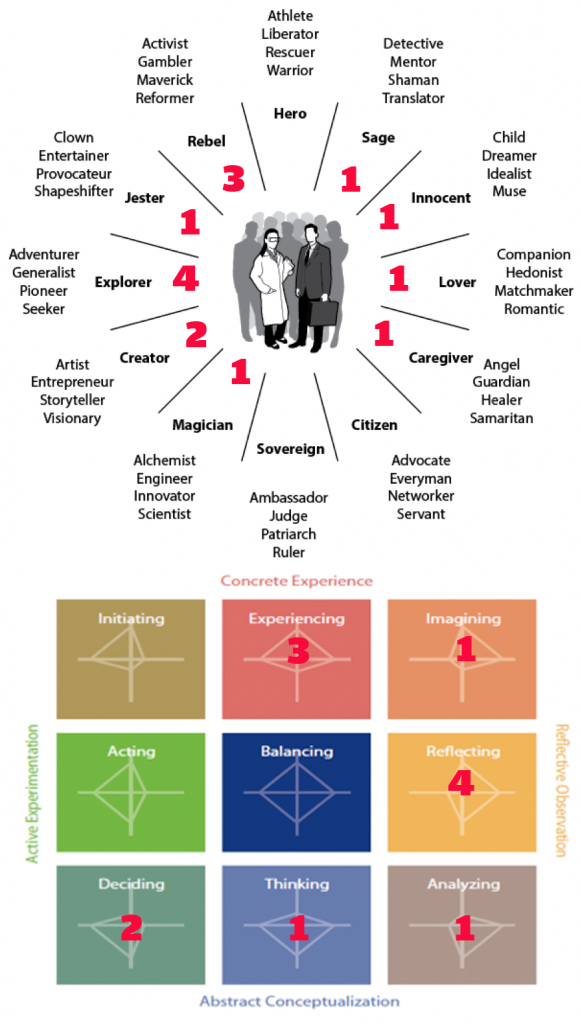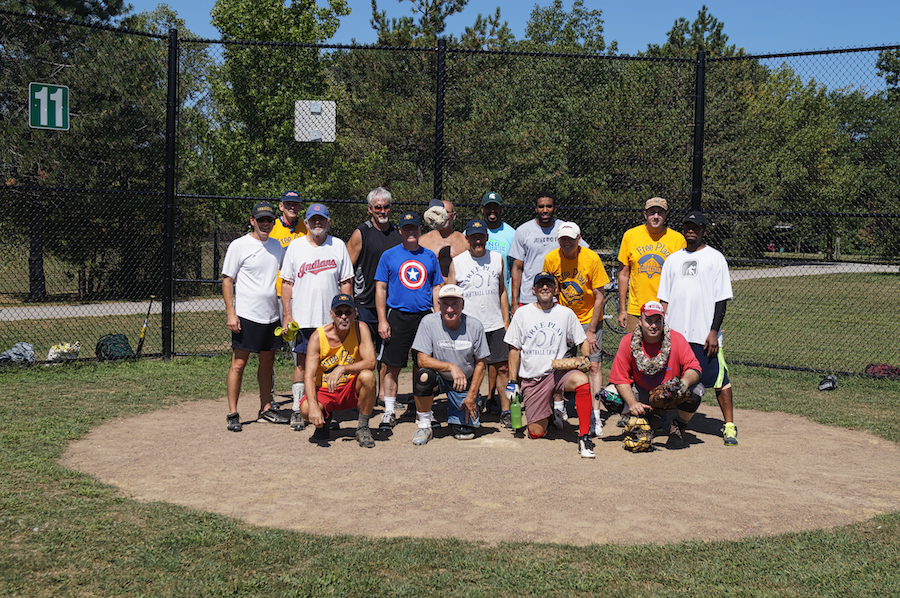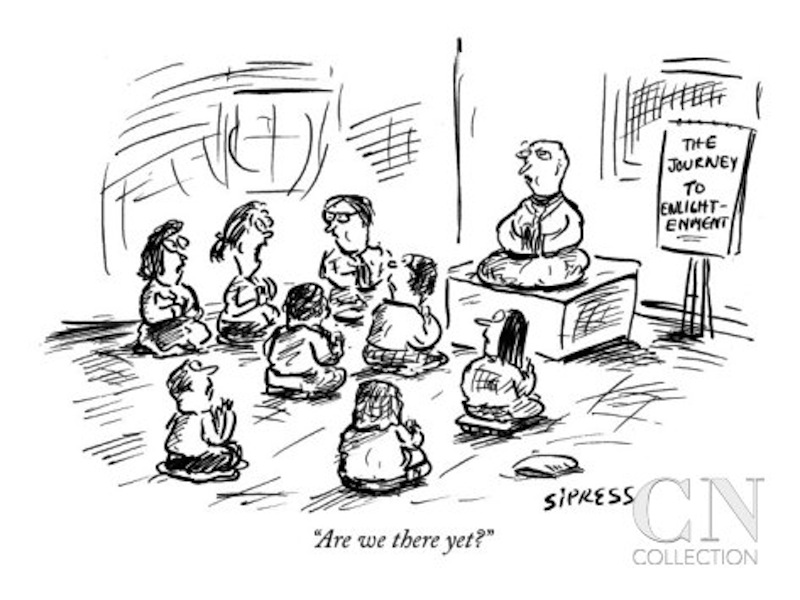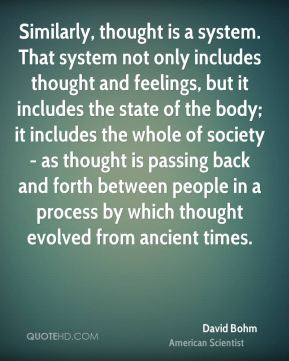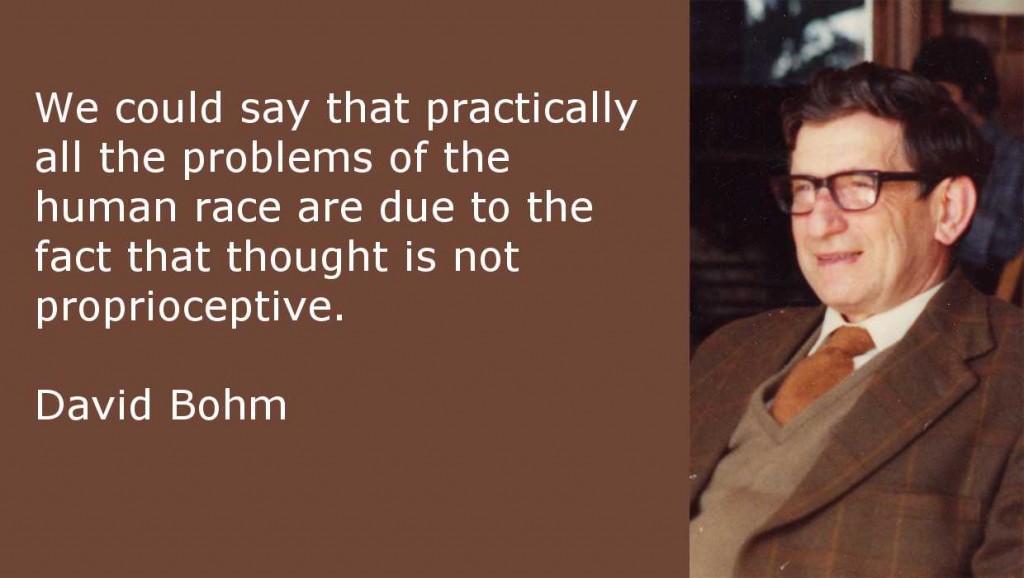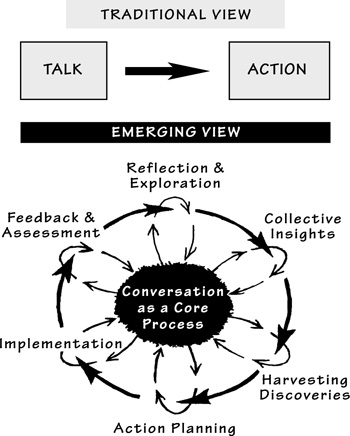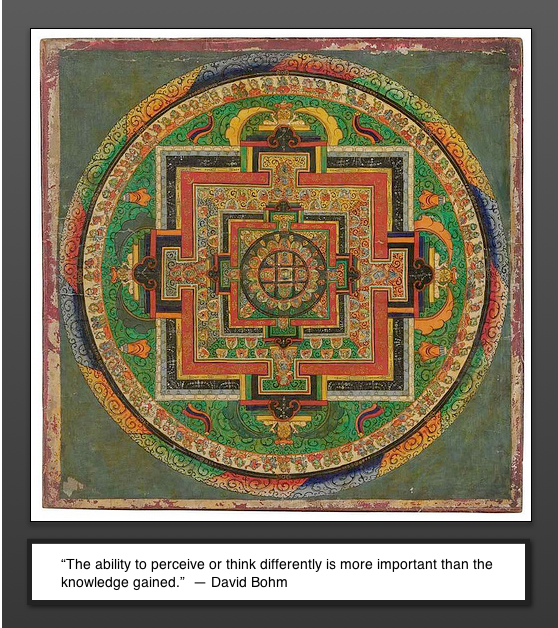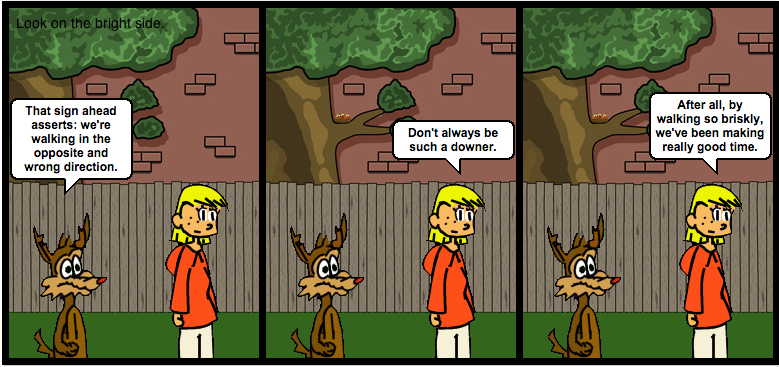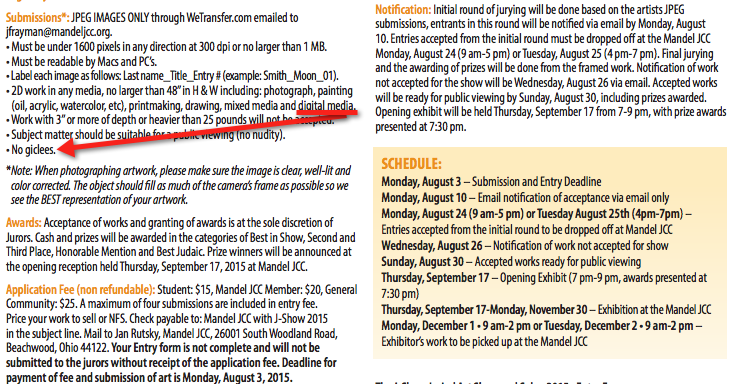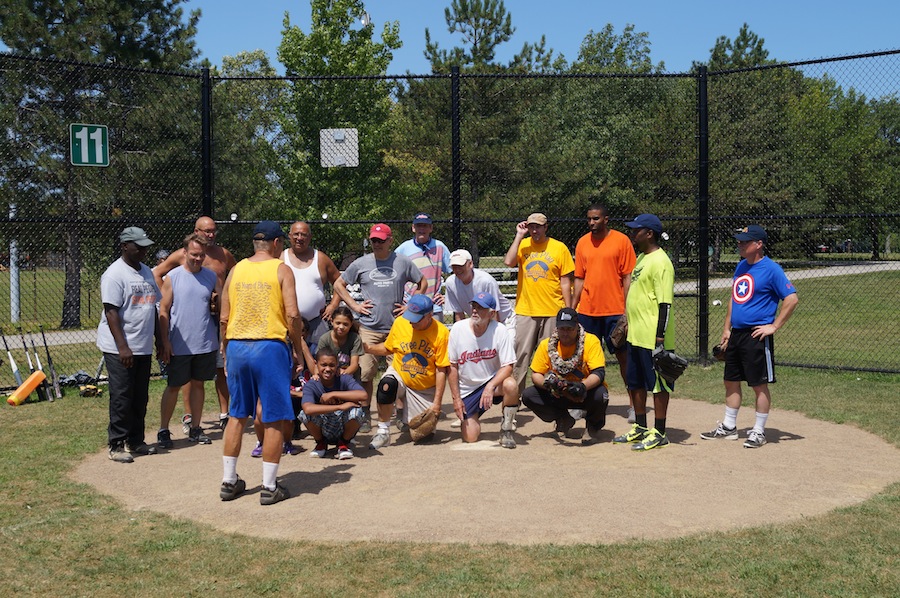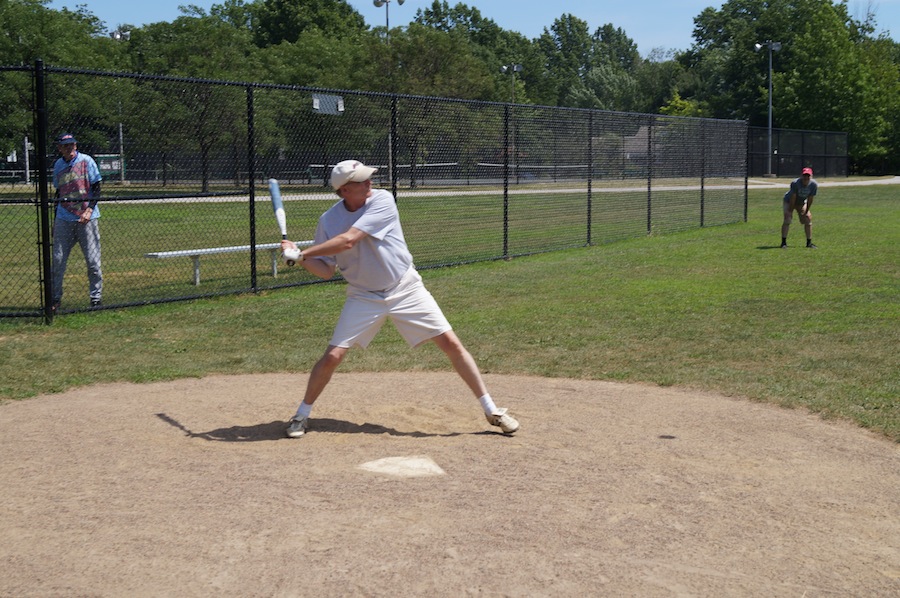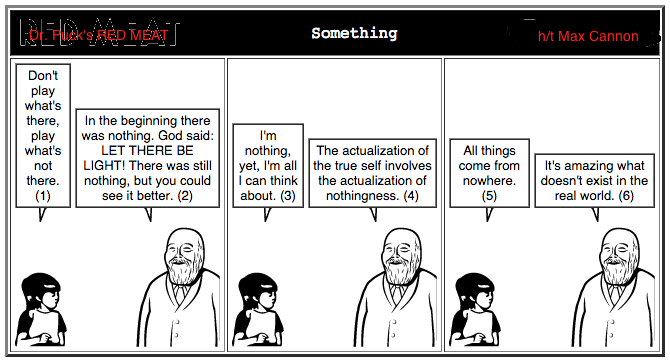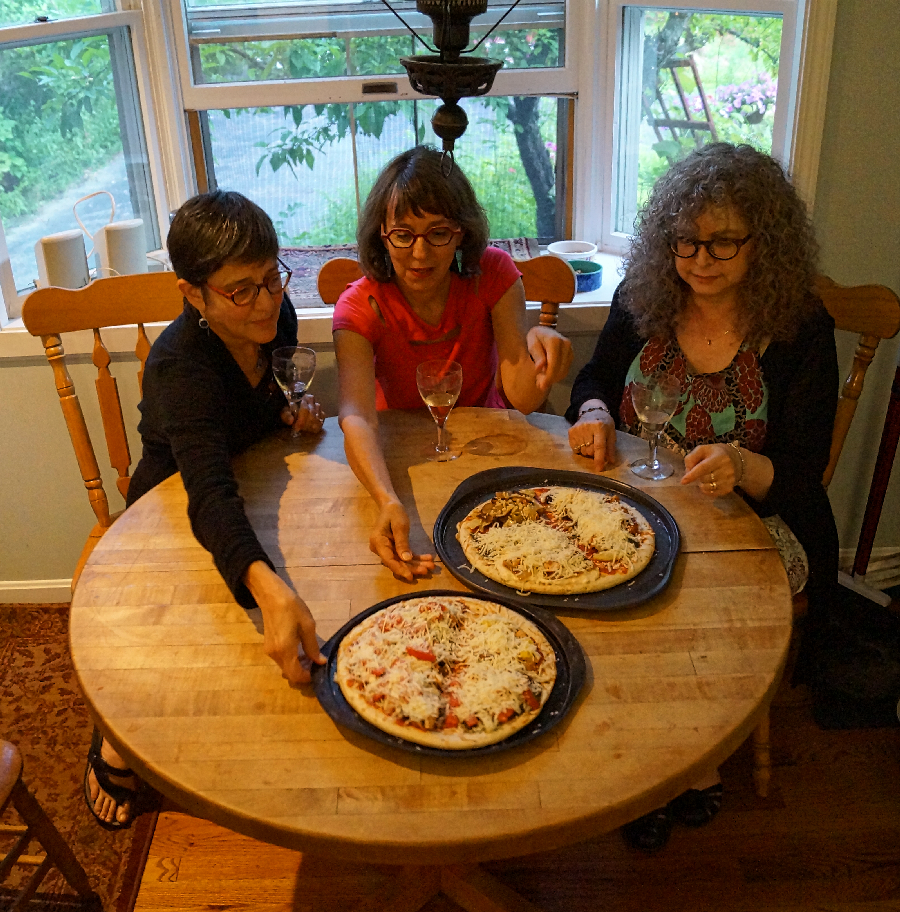
Kate, her sister Holly, my wife Susan, with custom pizzas each designed
I told my new friend David, ‘last night the Kuper sisters came over for dinner.’
Kate has been a friend of mine since around the summer of 1967, and I met her the first time in the early weeks of seventh grade. At some unknown point during that same time I met her older sister Holly and her younger brother Peter. By the time ninth grade started in the fall of 1968, Kate and her two girlfriends Joan and Sarah were pretty much my closest friends. And, I spent a lot of time at the Kuper’s house because the Kupers were a simply joyful, creative and cool bunch.
Fifty years later, Kate lives with her family in Illinois, and Holly lives with her family outside Dallas. Earlier yesterday I met Kate and Holly, along with some family friends, who came together at the tree planted in memory of their wonderful parents. There I met Mrs. Johnson, who was both a Kuper family friend, a friend of my late mother’s, and, a teacher at Hawken School at the same time I was there as a member of the class of 1972.
After I told my new friend David, ‘last night the Kuper sisters came over for dinner,’ he told me how he would have liked to have been there because he knew the Kupers too, and, in fact, Buzz and Ginger ran in the same activist circles David’s own parents ran in from the sixties onward.
This is not an example of a dramatic coincidence. Over my years of thinking about serendipity, I have come to recognize how stable is the web of local potentials and contingencies when the location of persons is close by one another, and they share preoccupations, and, in effect, the channels for binding relationships are readily accessible.
However, there are hidden features too that make the total contemporary arrangement the result of very fragile arrays of realized contingencies. I am a new friend of David’s because I ventured into his garage sale a year ago, and he responded to his sense that I looked familiar by asking what was my name. In fact, we figured out that although we were not even acquaintances during our one shared school year, that it was likely sometime at the end of the 1972 school year we last caught sight of one another.
I was in a position to go to the garage sale by virtue of a huge array of realized contingencies, and one of the first order ones concerned my high school spanish teacher Mr. Carter, who gave me three “D’s” rather than flunking me–when I had earned the F. A first term F in Spanish would have shaken up my deck a bit, and, it probably was the case that when David remembered me from spanish class he was remembering me retaking my second year of spanish. In any case, the three D’s thankfully destroyed my grade-point average. In turn I did not do well enough to go to Haverford, the college David matriculated to two years after my senior class graduated.
But, there was yesterday Mrs. Johnson who shared an office with Mr. Carter, as both were foreign language teachers together. Had this same Mr. Carter treated me more realistically I might have missed out on being shot by a holdup man while working in a record store the summer of 1974. Moreover, David doesn’t learn the Kuper sisters are visiting Cleveland Heights from distant homes because I wouldn’t likely be back in Cleveland because the family crisis that precipitated by return to my hometown in late 1992 may well have not have taken place had my own life path gone even a little bit differently.
Whether or not the web of contingency and causality extends to the Kuper sisters is, at once, a seeming kind of hard problem, or, is itself mixed in with my actual relations with Kate in the two years I remained in Cleveland, prior to being shot in June 1974, because we reconnected in the fall of 1973, after she returned from a long trip abroad.
At the same time, we’re having dinner together last night in one respect because of the serendipitous reconfiguration instantiated by the hold-up man who walked into Music Madness on Lee Road on a Thursday, forty one years earlier in June 1974, took all the cash the store had earned that day, had me lay down on the floor of the backroom office, and, finally shot meat point blank range in the back. Thank goodness.
In the combination of the more stable ecology of local contingent ‘webs’ and the less stable non-local ecologies–when persons leave their family of origin he or she lands in a non-local ecology–the fragility of realized conjunction and potential conjunctions becomes many times more complex, dynamic and, where dynamical complexity increases so does fragility.
